Introduction
Chilled crab sticks, often referred to as ice-cold crab meat delicacy, are a beloved appetizer or light meal that seamlessly blends simplicity with gourmet flair. Originating from Asian culinary traditions, particularly Japanese and Chinese cuisines, this dish has gained global popularity for its refreshing taste, delicate texture, and visual appeal. The star ingredient—crab sticks, also known as surimi—is a processed seafood product made from finely ground fish meat, typically pollock or cod, shaped to mimic the leg meat of crabs. When combined with a tangy sauce and served ice-cold, this dish transforms into a culinary masterpiece ideal for summer gatherings, potlucks, or as a sophisticated starter for elegant dinners. This article delves into the intricacies of preparing chilled crab sticks, offering a detailed guide to achieving perfection in every bite.
Ingredients: The Foundation of Flavor
Before embarking on the culinary journey, assembling the right ingredients is paramount. Here’s a breakdown of the essential components:
- Crab Sticks (Surimi): Opt for high-quality, imitation crab meat. Look for products with a firm texture and minimal artificial additives. Freshness is key—avoid packages with freezer burn or discoloration.
- Sauce Base:
- Mayonnaise (preferably Kewpie for an authentic touch)
- Soy sauce (light or tamari for gluten-free options)
- Rice vinegar (unseasoned for a clean tang)
- Sesame oil (toasted for depth)
- Sugar (a pinch to balance acidity)
- Aromatics and Garnishes:
- Fresh cilantro or chives (for herbaceous freshness)
- Toasted sesame seeds (white or black for crunch)
- Red chili flakes or sliced jalapeños (for heat, optional)
- Lime wedges (to brighten flavors at serving)
- Additional Enhancements:
- Cucumber (thinly sliced or julienned for texture)
- Avocado (creamy slices for richness)
- Mango (diced for a tropical twist)
Equipment Checklist
- Large pot for boiling water
- Slotted spoon or tongs
- Ice bath (a bowl filled with ice and cold water)
- Mixing bowl
- Whisk or fork for blending sauces
- Sharp knife and cutting board
- Serving platter or individual plates
Step-by-Step Preparation Guide
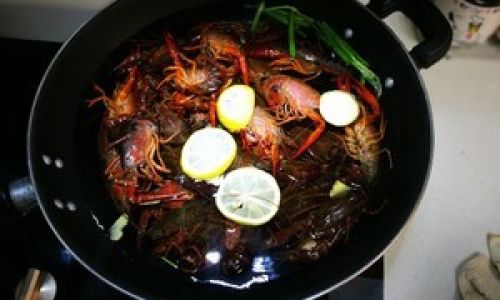
Cooking the Crab Sticks
The first step involves gently cooking the crab sticks to enhance their texture while preserving their delicate flavor.
- Boiling: Fill a large pot with water and bring it to a gentle simmer. Avoid boiling vigorously, as this can cause the crab sticks to become rubbery. Submerge the crab sticks in the simmering water and cook for 2–3 minutes. The goal is to heat them through without overcooking.
- Shocking in Ice Bath: Immediately transfer the cooked crab sticks to an ice bath. This process halts cooking, locks in moisture, and ensures a firm, springy texture. Allow them to chill for 5–7 minutes until completely cooled.
- Draining and Patting Dry: Remove the crab sticks from the ice bath and gently pat them dry with paper towels. Excess moisture can dilute the sauce, so thorough drying is essential.
Preparing the Sauce
The sauce is the soul of this dish, harmonizing creamy, tangy, and savory notes. Follow these proportions for a balanced flavor:
- In a mixing bowl, combine ½ cup mayonnaise, 1 tablespoon soy sauce, 1 teaspoon rice vinegar, ½ teaspoon sesame oil, and ¼ teaspoon sugar. Whisk vigorously until smooth.
- Taste and Adjust: Season to preference. Add a splash more vinegar for acidity, a drizzle of sesame oil for nuttiness, or a pinch of sugar to mellow sharpness.
Assembling the Dish
Now, bring the elements together in a visually stunning presentation.
- Shredding the Crab Sticks: Using clean hands or two forks, gently shred the chilled crab sticks into thin, delicate strands. This mimics the appearance of real crab meat and ensures even coating with the sauce.
- Marinating: Toss the shredded crab sticks with the prepared sauce. For optimal flavor infusion, allow the mixture to marinate in the refrigerator for 15–30 minutes. This step is optional but elevates the dish’s complexity.
- Plating: Arrange the marinated crab sticks on a serving platter. For individual portions, use small bowls or lettuce cups. Elevate the presentation by layering with cucumber ribbons, avocado slices, or mango cubes.
Garnishing for Impact
Garnishes add texture, color, and aroma. Sprinkle toasted sesame seeds over the dish, followed by a generous handful of fresh cilantro or chives. For a spicy kick, dust with red chili flakes or garnish with sliced jalapeños. Serve with lime wedges on the side to allow diners to adjust acidity to their liking.
Expert Tips for Perfection
- Temperature Control: Chill all components thoroughly before assembly. Cold ingredients enhance the dish’s refreshing quality.
- Sauce Consistency: Adjust the sauce’s thickness by adding more mayonnaise for creaminess or a splash of water for a lighter texture.
- Customization: Experiment with add-ins like diced apple for crunch, wasabi for heat, or yuzu juice for citrusy zing.
- Presentation Hacks: Use a ring mold to shape the crab mixture into neat cylinders, or serve in hollowed-out cucumber cups for an elegant twist.
Creative Variations and Add-Ons
- Spicy Mango Salsa: Fold diced mango, red onion, cilantro, and a dash of lime juice into the crab mixture for a tropical flair.
- Seaweed Salad Base: Line the platter with seasoned seaweed salad before adding the crab sticks for an umami-rich foundation.
- Crispy Wontons: Serve alongside fried wonton wrappers for a contrasting crunch.
- Vegetarian Twist: Substitute crab sticks with hearts of palm or artichoke hearts shredded to resemble crab meat.
Presentation and Serving Suggestions
Chilled crab sticks thrive as a standalone appetizer or as part of a larger spread. Pair them with:

- Sake or Light Beer: Crisp beverages complement the dish’s delicate flavors.
- Pickled Vegetables: Balance richness with tangy pickled daikon or carrots.
- Steamed Rice: For a heartier meal, serve over a bed of sushi rice.
Storage and Make-Ahead Tips
- Prep Ahead: Shred the crab sticks and prepare the sauce a day in advance. Store separately in airtight containers.
- Assemble Just Before Serving: Combine the components shortly before serving to prevent sogginess.
- Leftovers: Consume within 24 hours. The sauce may cause the crab sticks to soften over time, so enjoy fresh for optimal texture.
Cultural Context and Modern Adaptations
In Japan, chilled crab sticks often feature in kaiseki meals or as izakaya (pub) snacks. In Chinese cuisine, they might appear as liang ban (cold-mixed) dishes during hotter months. Modern adaptations see chefs incorporating global ingredients, from avocado cream to pomegranate seeds, reflecting the dish’s versatility.
Troubleshooting Common Issues
- Mushy Texture: Overcooking the crab sticks or insufficient drying post-ice bath. Stick to the recommended cooking time and pat thoroughly.
- Bland Flavor: Under-seasoning the sauce. Taste and adjust aggressively, remembering that chilling dulls flavors.
- Soggy Presentation: Excess moisture from vegetables. Pat garnishes dry before adding.
Conclusion
Chilled crab sticks embody the essence of refined yet approachable cuisine. By mastering the balance of texture, flavor, and presentation, this dish transcends its humble origins to become a centerpiece of culinary artistry. Whether hosted at a backyard barbecue or a candlelit dinner, this recipe promises to delight palates and spark conversations. Experiment with variations, embrace seasonal ingredients, and let your creativity flow—after all, the best dishes are those crafted with passion and precision. So, chill a batch, gather your loved ones, and savor the symphony of flavors that is chilled crab sticks.
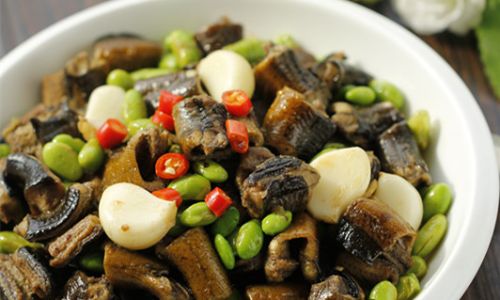
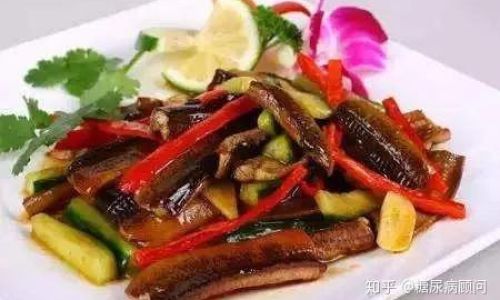
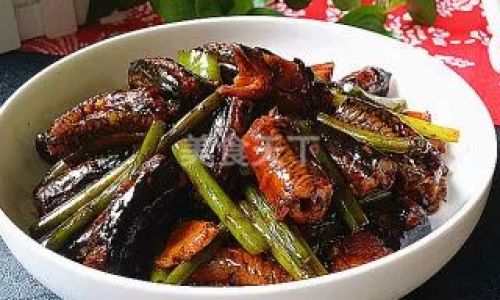
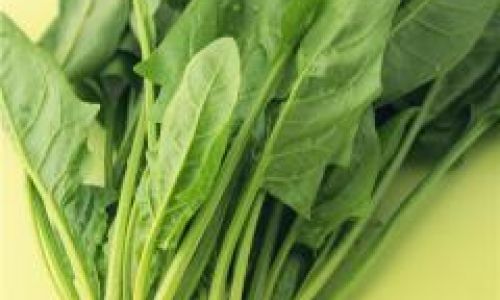
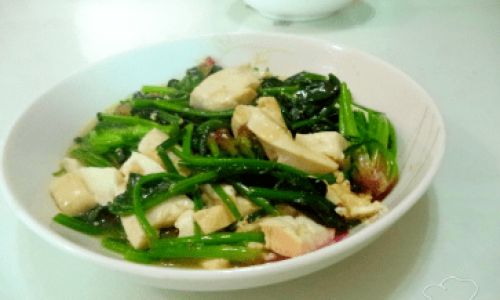
0 comments